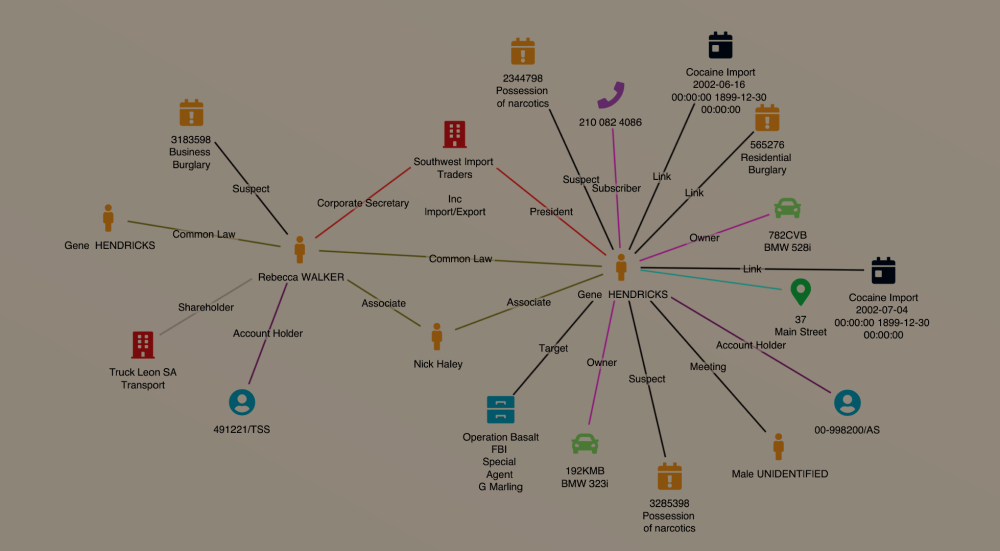The Home Office recently announced a new and very much welcomed national policing strategy to reduce Violence Against Women and Girls (VAWG). This initiative will be data-led and will aim to cut VAWG crimes, such as domestic abuse, sexual assault, harassment and stalking, by 50%.
 The Home Office will work closely with National Police Chiefs’ Council (NPCC) and the College of Policing to develop a new standardised approach to the use of data-driven policing.
The Home Office will work closely with National Police Chiefs’ Council (NPCC) and the College of Policing to develop a new standardised approach to the use of data-driven policing.
Data analytics will be central to this for helping police forces to target the most dangerous perpetrators of abuse. A small number of offenders are responsible for the highest levels of harm to women and girls. The data programme will use predictive technology to build risk profiles for both perpetrators and victims, which the Home Office said will enable police forces and partner agencies to create plans that enhance victim safety.
The importance of data-driven policing
We are living in an increasingly data centric world. Every single investigation today has a digital element attached to it. Not surprisingly, online crime is now the most prevalent crime type and more than 21% of women have experienced serious abuse and harassment at least once online in the UK.
The issue with data is that it increasingly voluminous and exists in multiple sources and formats. It is often hard to find, access and analyse. It is therefore essential that, when taking a more data-driven approach to VAWG investigations, police forces adopt the appropriate tools to fully support them. Key considerations include:
1. Automated cleansing and analysis of communications and location data
(eg call data records, handset downloads, ANPR etc) Automation is key and the best solutions in the industry are self-serve and intuitive, meaning multiple roles (not just analysts) can ingest and analyse data to get the answers they need quickly and efficiently.
2. Streamlined OSINT
Federated search and entity enrichment tools are essential to expedite VAWG investigations. Crucial evidence can exist across multiple platforms, from social networking sites to consented databases. Finding and capturing this data instantly (before it is deleted) is a priority. Solutions that can bulk search an entity across all relevant data platforms will help forces to ensure no stone is left unturned in an investigation. And having the means to overlay and analyse key data sets in one streamlined view, will ensure connections in the data are easily interpreted.
3. Data sharing & collaboration
Many of the problems in the criminal justice system have been compounded by forces working in silos and not communicating effectively. Any case management or digital investigation software must make case collaboration and data sharing, internally and externally, an automated and secure process. This is essential for helping to identify repeat offenders.
4. Internal data integration
The amount of data that police forces house in multiple systems and in numerous formats (spreadsheets, USB drives, device downloads etc) is vast. Having the means to store, index and make this data searchable is integral to solving more crimes. For example, a device download stored on a USB drive at the back of a drawer from a past operation, could prove useful in a more recent case. But without having that data stored in a central, searchable location, no one is ever going to connect the dots. The ability to store and search collections of data, as well as connect into internal databases, is a key requirement for modern investigations.
5. Obtain evidence-based answers, fast
The demand for evidence required during investigations has increased and victims suffer when forces take too long to investigate a case. To improve efficiency and evidence detection, software which can perform a cross-case analysis is also important. With this, users can search an entity across all operational and historic cases to determine if a name, address, phone number etc. has appeared before. Many VAWG investigations are attached with repeat offenders, so this will help to fast track the attribution process, open lines of enquiry and find connections in your data that you didn’t know existed.














